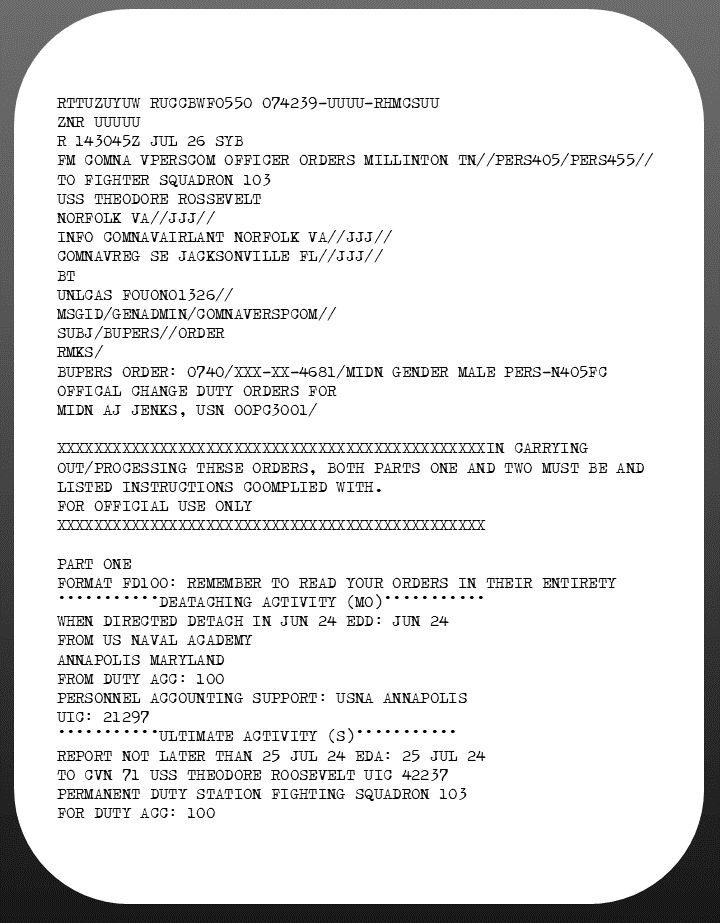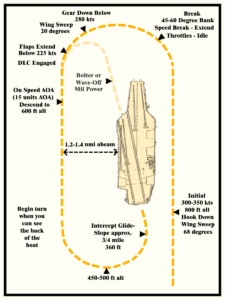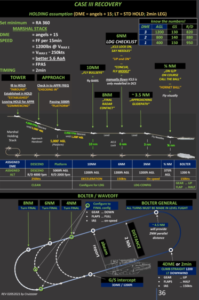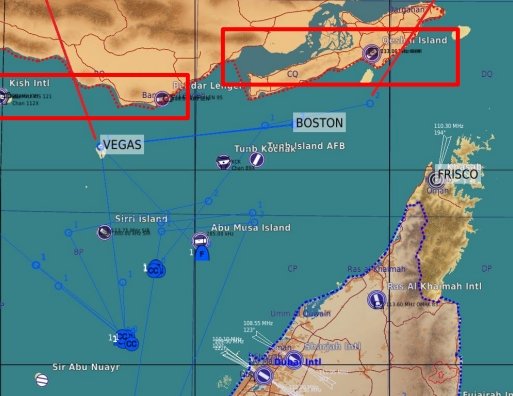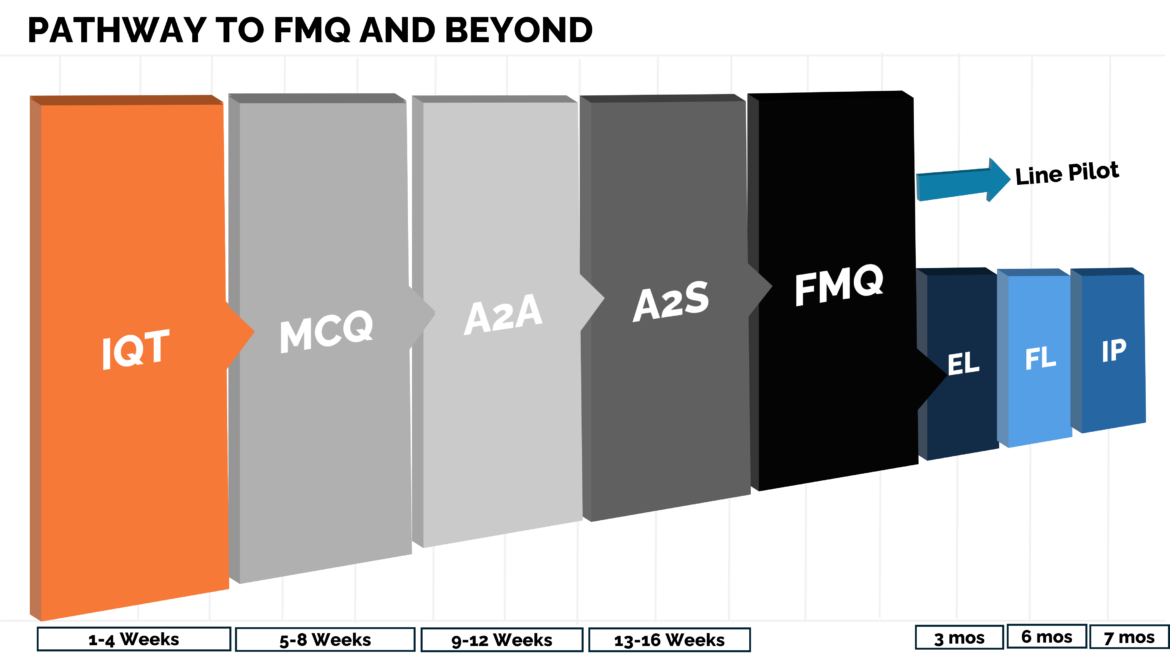MISSION
-
- (PRIMARY) Improve squadron ability to provide strike support in small AO via use of Key Template
- (SECONDARY) Proper employment of unguided munitions
- (TERTIARY) use of appropriate communications discipline
EXECUTION:
-
- Depart CVN-71, check in button 5
- Proceed direct to TEXACO1-1 (button 11, TCN 118Y)
- Check-in Closeout button 5
- Check-in WIDOW for tasking on button 16
- Recover CVN-71 CASE I expected
SUPPORT/TANKERS:
-
- Texaco 1-1 – 32.100 (button 11) 118Y
JTAC
-
- Callsign; WIDOW
FLIGHTS
-
- VICTORY 1
- Gompass
- Tiger (flying between flights)
- VICTORY 2
- Vesper
- VICTORY 3
- Burble
- VICTORY 4
- Dog Car
- VICTORY 1
AREA OF OPERATIONS
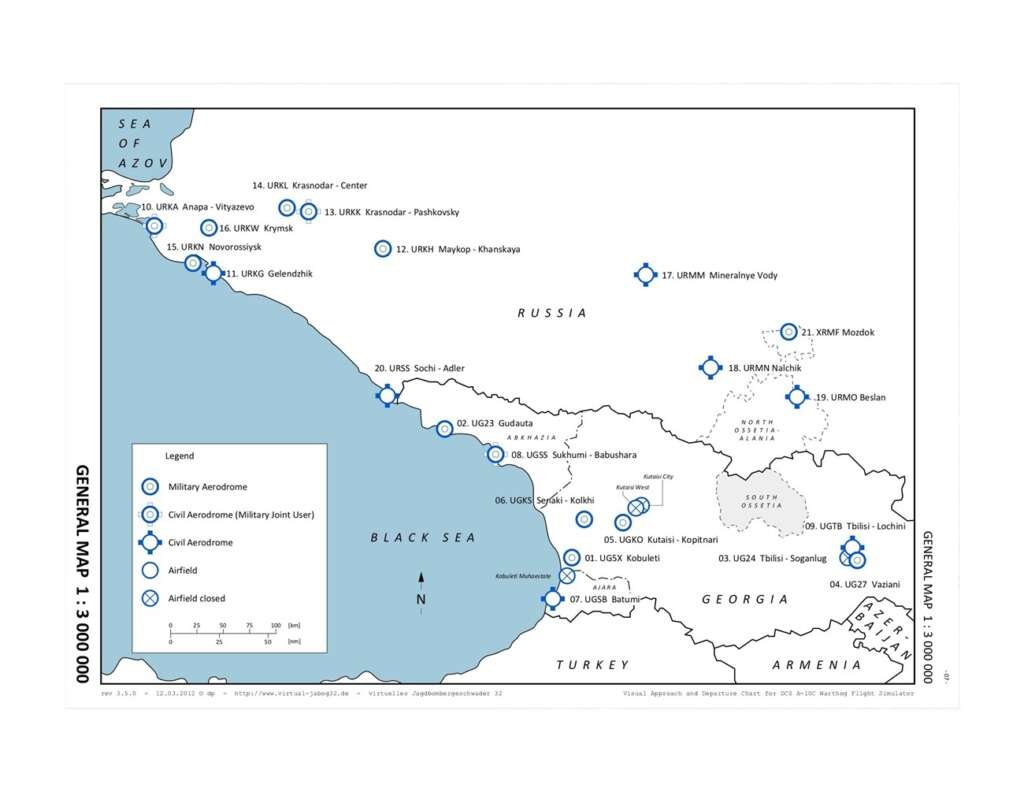
RESTRICTED OPERATIONS ZONE

SUMMARY
All Victory flights were given authority to operate in the AO as independent units and work individually with on scene JTAC.
After departing CVN-71, all units were directed straight to TEXACO 1-1 to top off prior to the commencement of operations. After each flight completed tanking operations, they were directed to check in with Closeout for pass-off to the JTAC.
JTAC assigned each flight a cardinal coordinates off the Echo point. Victory 3 was on Alpha, Victory 4 was on Bravo, Victory 1 on Charlie and Victory 2 on Delta.
Once called in by the JTAC, each flight was instructed to descend to an altitude of 500 ft. At 8 nm from the ECHO point, the pilot was to pull a 30° offset to the right or left and simultaneously pull a 30° nose up ascent in either mil power or with afterburners. At 4 miles from the target the pilot was to execute a wingover (130° AOB) turn to line their bomb fall line with their selected targets. When pipper was over the target each flight was to release their munitions and proceed off safe to the left of their target. In each pass, the pilots were instructed not to violate (move beyond) the ECHO point (for the purpose of deconfliction)
Each flight was given 5 attempts on targets. Overall, BDA was good with most targets hit. Victory 1 had two attempts with no munitions dropped due to issues with set up on those passes. Pilot and RIO have debriefed to determine cause and prepare for next training cycle.
All units safely returned to CVN-71 via CASE I procedures.
